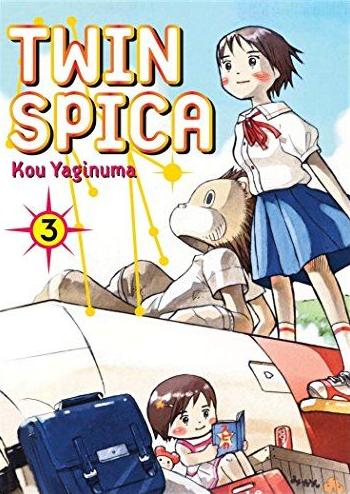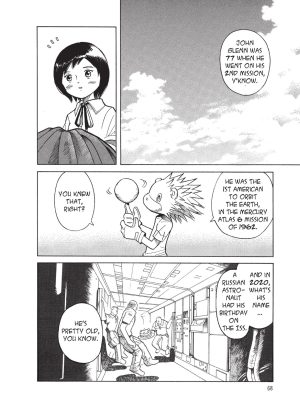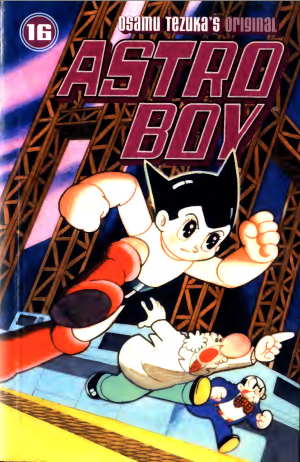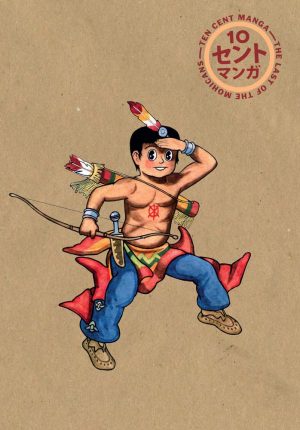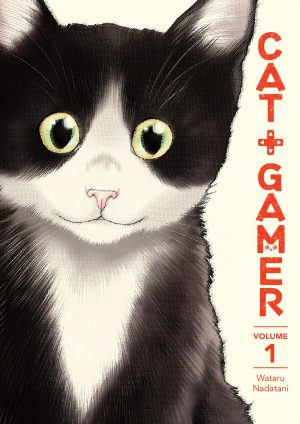Review by Win Wiacek
Diminutive teenager Asumi Kamogawa has always dreamed of going into space. From her earliest moments the lonely child had gazed with intense longing up at the stars, her only companion and confidante her imaginary friend Mr. Lion.
A seen in Twin Spica 2, she attends the Tokyo National Space School, but still talks with Mr. Lion – who might just be the ghost of one of an astronaut who died in a disaster. All the students can think of is going to space, but they are constantly reminded that most won’t even finish their schooling.
Kou Yaginuma supplies individual stories as ‘Missions’, and this particularly moving and moody third volume covers numbers 9-13, plus a revealing sidebar tale and another autobiographical vignette about the author’s own school days.
‘Mission: 09’ begins with Asumi returning to her father’s home, pondering if she should ask Mr. Lion if the disgraced engineer was actually responsible for the rocket crash all those years ago. Meanwhile in Tokyo her classmates are trying to intervene in Professor Sano’s obvious vendetta against their friend.
Having missed another day of school, Asumi again incurs Sano’s wrath as ‘Mission: 10’ begins, but the astrophysicist and his mysterious superior are in for a rude awakening. Meanwhile the determinedly upbeat Asumi is having an oddly unifying effect on her fiercely independent classmates, turning rivals into comrades. All, that is, except the chilly, acerbic, mysteriously aloof Marika Ukita. Undeterred, Asumi probes deeper, and with her phantom mentor’s spiritual advice finally finds a way to crack the ice-queen’s brittle exterior.
‘Mission: 11’ continues the deliberation of the completion for final places, but Mr. Lion again offers sage and calming words as, in the upper echelons, Sano has drawn unfavourable criticism, leading to some further surprising revelations about Asumi’s dad.
‘Mission: 12’ finds the class readying for a trip – all but the stand-offish Ukita who flatly refuses to join them – when an incident in the Multi-Axis Trainer (that’s the cool-looking, spinning ball thingy astronauts sit in) results in the ice-queen collapsing.
‘Mission: 13’, through dreamy flashbacks and a near-fatal hiking incident, discloses some of Ukita’s incredible, uncomfortable secrets and how her own abiding love affair with the cosmos began.
To Be Continued in Twin Spica 4.
Although the ongoing saga pauses here, there are more affecting revelations in the complete tale ‘Asumi’s Cherry Blossom’, which harks back to her school days in Yuigahama. A weird, distracted child, she is bullied by many classmates and even a few teachers, but is championed by a boy who seems very interested in her. Takashi Shimazu is a talented artist who won’t let Asumi see what he’s constantly drawing, and he’s absent from school quite a lot, but they strike up a friendship anyway.
This bittersweet tragedy is followed by a beguiling and introspective ‘Another Spica’ episode in which Yaginuma details his shiftless, ambition-free teens and a shared moment of clarity with a girl in his classroom.
These powerfully unforgettable tales originally appeared in 2001-2002 as Futatsu no Supika and in the Seinen manga magazine Gekkan Comics Flapper, targeted at male readers aged 18-30, but this ongoing, unfolding beguiling saga is perfect for any older kid with stars in their eyes.
Rekindling the magical spark of the Wild Black Yonder for a new generation, this is a treat no imagineer with head firmly in the clouds can afford to miss.
